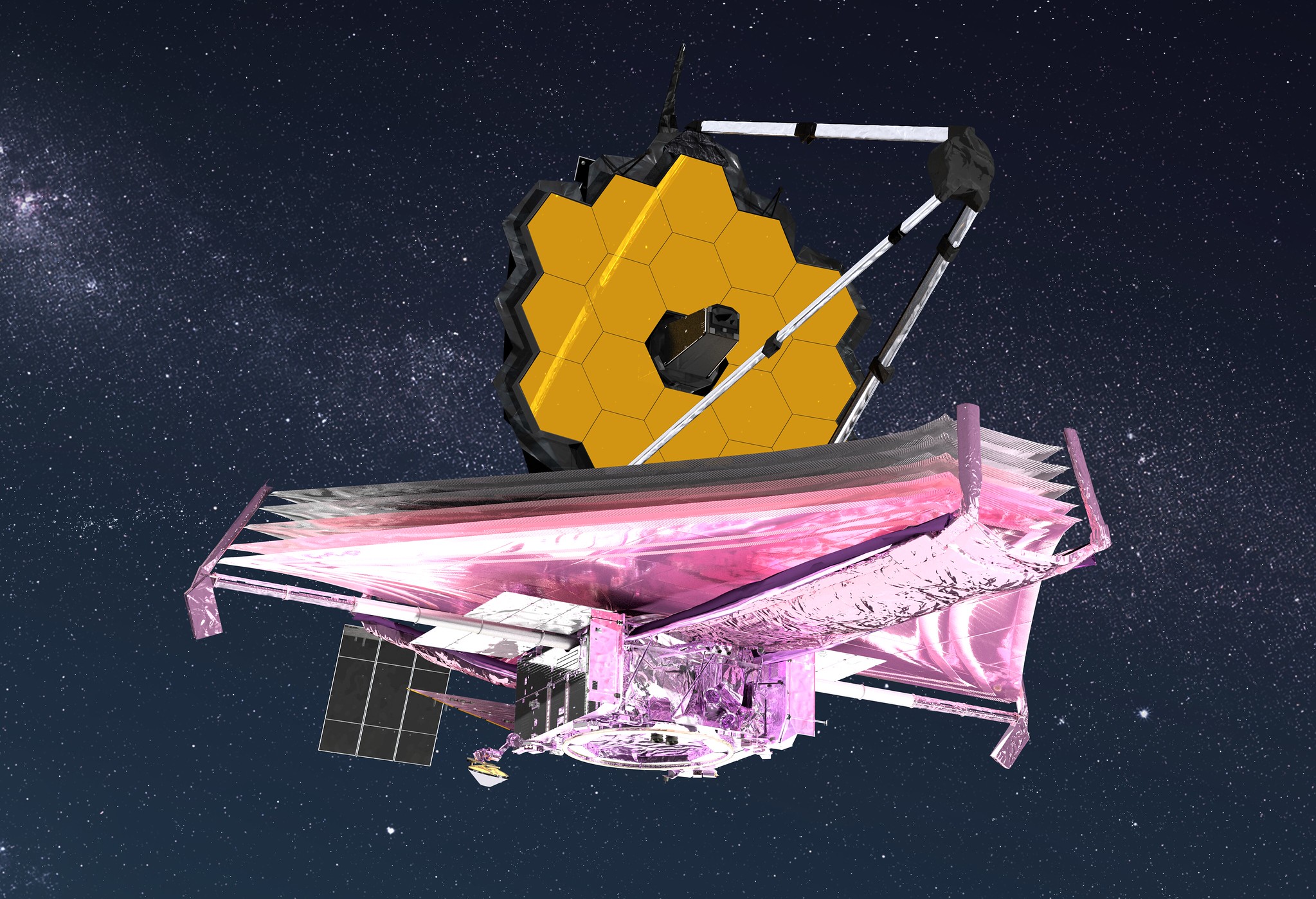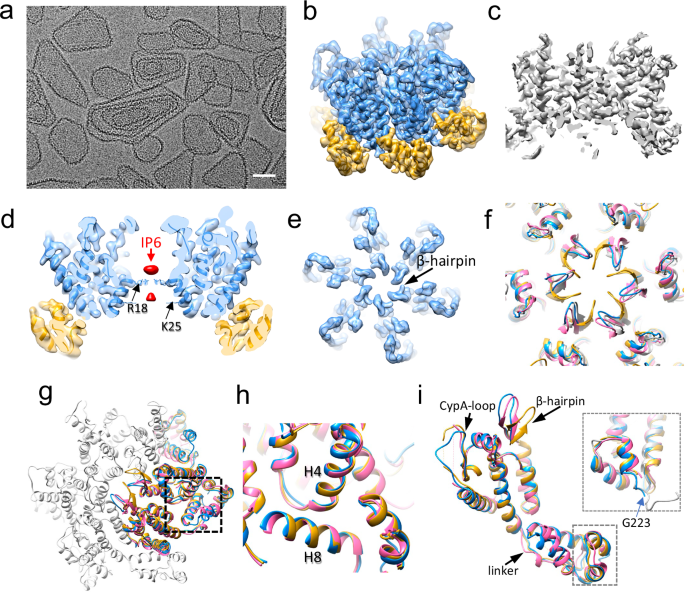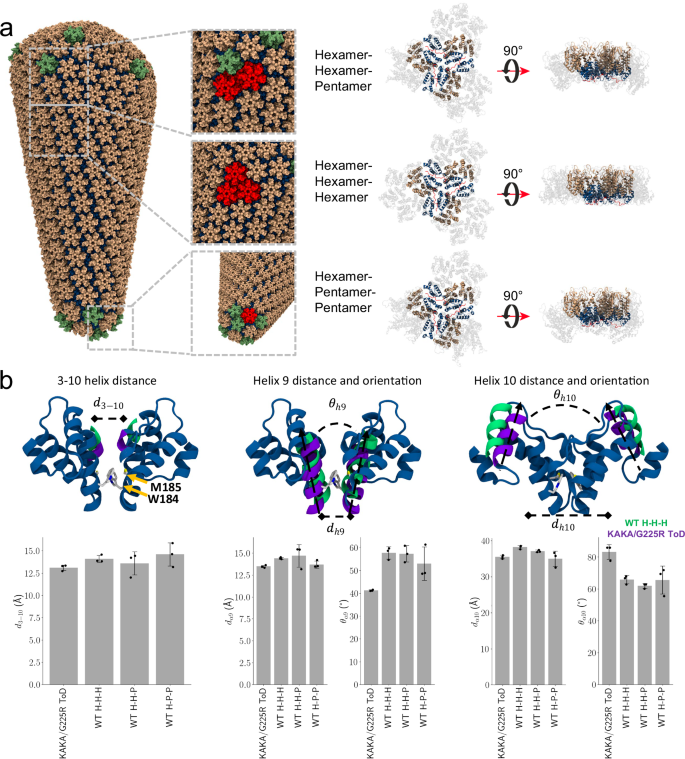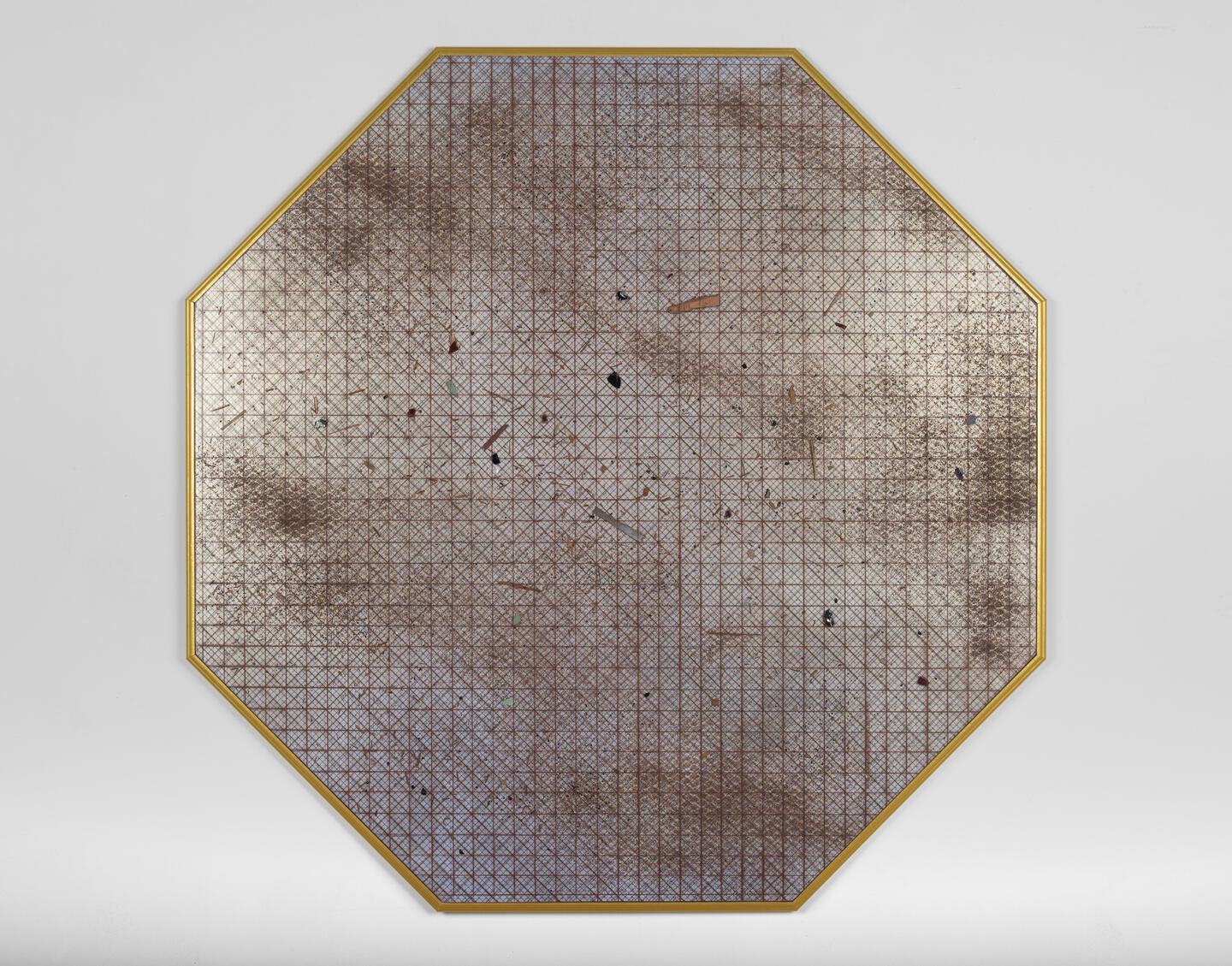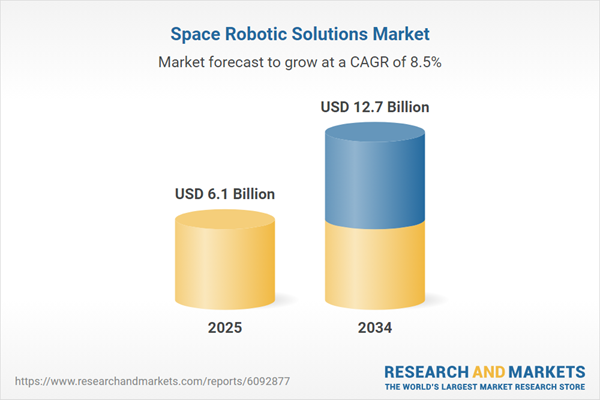CA-G225R rescues the replication defect imposed by IP6-packaging deficiency
Cryo-electron tomography (cryoET) combined with subtomogram averaging (STA) is a cutting-edge imaging technique that reveals the 3D structure of biological specimens at near-atomic resolution in their native, frozen-hydrated state. In previous studies, we used cryoET STA to investigate the effect of mutations, namely KAKA, in the IP6 binding pocket of immature Gag hexamers in the context of the WT and 6HB-stabilizing SP1 mutations T8I and M4L/T8I20,21. We found that immature KAKA VLPs were composed of Gag hexamers that were largely indistinguishable from those formed by WT Gag, apart from the absence of IP6 density at the top of the 6HB. To dissect further the contributions of individual single or dual mutations on the immature Gag lattice, we analysed the structures of immature K227A and KAKA/T8I VLPs produced from 293T cells and compared them to the previously reported structures of WT and KAKA immature VLPs (Fig. 1). Both K227A and KAKA/T8I assemble into immature spherical VLPs similar to those formed by WT and KAKA (Fig. 1a–d). Our cryoET STA structure of K227A at 3.82 Å resolution showed an intermediate level of IP6 compared with the WT (full) and the KAKA mutant (empty) (Fig. 1e–g, Supplementary Figs. 1a, 2, Supplementary Table 1), consistent with the previous biochemical measurements21. The structure of KAKA/T8I at 3.67 Å resolution displayed no IP6 density (Fig. 1h, Supplementary Fig. 1b, Supplementary Table 1), similar to the KAKA mutant, suggesting that the 6HB-stabilizing mutation SP1-T8I does not restore IP6 enrichment to KAKA. Consistent with this inability to restore IP6 enrichment, the addition of SP1-T8I does not substantially reverse the infectivity defect imposed by the KAKA mutations21 (Fig. 1i).
Next, we sought to determine how HIV-1 might adapt to an inability to enrich IP6 during particle assembly. We propagated KAKA and KAKA/T8I in the highly permissive MT-4 T cell line. Briefly, MT-4 cells were initially transfected with the WT NL4-3 infectious molecular clone or derivatives harboring the KAKA or KAKA/T8I mutations. Consistent with the drastic decrease in KAKA and KAKA/T8I infectivity, each mutant demonstrated a significant delay in replication compared to WT virus (Fig. 1j). Upon propagation of virus collected from the peak of replication, both KAKA and KAKA/T8I replicated with a substantially reduced delay relative to WT (Fig. 1k). This observation is suggestive of the acquisition of mutations that compensate for the defects induced by the KAKA and KAKA/T8I mutations. To confirm the acquisition of compensatory mutations, we isolated genomic DNA from infected cells at the peak of replication and PCR amplified the Gag coding region. Gag amplicons were sequenced, and potential compensatory mutations were cloned into the KAKA and KAKA/T8I NL4-3 molecular clones. This process was performed iteratively using mutant viruses selected in initial experiments to initiate downstream propagation experiments. We also performed these in vitro selection experiments in the C8166 T cell line and with additional mutant viruses containing a K158T mutation in place of K158A (KTKA) and/or an SP1-M4L mutation in place of T8I. Compensatory mutations selected in these experiments were found throughout CA and SP1 (Supplementary Table 2). Interestingly, several selected mutations were identified at amino acid positions associated with resistance to capsid inhibitors (e.g., CA-Thr-107, His-87, Ala-105, Thr-58, Gly-208, Thr-216)22,23,24,25, altered capsid assembly and stability (e.g., CA-H12Y, N21S, T216I)11,24,26, and host factor dependence (e.g., CA-Ala-77, His-87, Gly-94D, Gly-208, Thr-210, Glu-187, Pro-207)27,28,29,30. We also observed mutations at amino acid positions located at critical interfaces within the mature CA lattice including the β-hairpin (Val-11 and His-12), the central pore (Asn-21 and Ala-22), the Thr-Val-Gly-Gly (TVGG) motif that controls CA hexamer/pentamer assembly (Thr-58, Gly-61), the NTD/CTD interface between adjacent CA protomers (Met-68, Ala-105, Thr-107), and the trimer interface between neighboring CA hexamers/pentamers (Pro-207, Gly-208, Thr-210, Thr-216).
To determine whether the mutations selected in these experiments could restore fitness to KAKA and KAKA/T8I, we quantified the effect of these mutations on the single-cycle infectivity of KAKA and KAKA/T8I. Most of the mutations that we observed were unable to significantly restore infectivity to KAKA or KAKA/T8I (Supplementary Fig. 3), including two mutations–N21S and T216I–that were recently reported to restore infectivity to K25A, a mutant unable to bind IP6 in the context of the mature CA lattice11. However, we did observe a mutation at position 225 in CA that significantly restored infectivity to KAKA/T8I. Initially, we observed a Gly-to-Ser substitution at residue 225 upon propagation of KAKA in MT-4 cells. After introducing the G225S mutation into multiple KAKA- and KTKA-containing clones, we observed a Ser-to-Arg substitution at CA position 225 (G225R) upon propagation of KTKA/T8I/G225S. We then introduced the G225R mutation into KAKA and KAKA/T8I to determine its effect on particle infectivity. We found that G225R conferred an ~8-fold increase in single-cycle infectivity to KAKA/T8I (from ~2% of WT to 16%) (Fig. 1i). Further propagation of KAKA/T8I/G225R resulted in the acquisition of an additional mutation, A77V, that doubled the infectivity of KAKA/T8I/G225R (Fig. 1i). Curiously, we also found that G225R conferred an opposing phenotype to KAKA, decreasing its infectivity to nearly undetectable levels (Fig. 1i). Thus, T8I, which stabilizes the immature Gag lattice, restores KAKA/G225R single-cycle infectivity by ~100 fold. Furthermore, the G225R mutation alone imposes an infectivity defect comparable to that of KAKA/T8I/G225R, demonstrating that G225R is insensitive to the defect imposed by KAKA/T8I (Fig. 1i).
G225R does not restore IP6 enrichment to the KAKA or KAKA/T8I mutants
We next sought to determine the mechanism by which G225R restores infectivity to KAKA/T8I. Because G225 is close to the mutated IP6-binding residue K227 at the top of the 6HB, the change of the Gly to a positively charged Arg at this position could introduce a new positively charged ring capable of restoring IP6 recruitment during particle assembly, thereby rescuing particle infectivity. To investigate this possibility, we produced immature KAKA/G225R, KAKA/T8I/G225R, A77V/KAKA/T8I/G225R, and G225R VLPs and solved their Gag hexamer structures by cryoET with STA (Fig. 2a–d, Supplementary Figs. 1, 2, Supplementary Table 1). The structure of KAKA/T8I/G225R at 4.05 Å resolution revealed no IP6 density atop the 6HB (Fig. 2a, Supplementary Fig. 1c, Supplementary Table 1). The bulky Arg sidechain, which is clearly resolved in the density map, points away from the central channel of the 6HB, unlike K227 in WT Gag, and is therefore not available for IP6 coordination (Fig. 2a). Indeed, no IP6 density was observed in cryoET STA maps in any of the KAKA-containing Gag mutants analysed, including KAKA/G225R and A77V/KAKA/T8I/G225R (Fig. 2b, c, Supplementary Fig. 1d, e, Supplementary Table 1). In contrast, the G225R Gag hexamer structure showed a clear IP6 density atop the 6HB (Fig. 2d, Supplementary Fig. 1f, Supplementary Table 1). Each of the Gag mutants evaluated is capable of assembling an immature Gag lattice similar to that present in WT immature VLPs (Fig. 2a–d). These structural data suggest that the recovery of KAKA/T8I infectivity upon introduction of the compensatory mutation G225R cannot be attributed to increased IP6 packaging.
G225R does not affect the production of KAKA/T8I virions from IP6-depleted cells
To confirm that the KAKA-containing mutants rescued by G225R remain IP6-independent during particle assembly, we conducted experiments to investigate the effect of IP6 depletion in virus-producing cells on virus production efficiency and particle infectivity. Briefly, we produced virus in HEK 293T knockout (KO) cell lines lacking either inositol polyphosphate multikinase (IPMK), which phosphorylates IP3 and IP4 to generate IP4 and IP5, or inositol pentakisphosphate 2-kinase (IPPK), which phosphorylates IP5 to generate IP613. To further decrease IP6 levels in IPMK or IPPK KO cells, we simultaneously overexpressed multiple inositol-polyphosphate 1 (MINPP1), which removes phosphates from IP6, IP5, and IP4. After transfecting NL4-3 infectious molecular clones, we measured the efficiency of virus production in these IP6-depleted cells by quantifying the levels of p24 (CA) present in the supernatant relative to total Gag present in the cells and supernatant. Consistent with previous reports20,21,31, we observed a significant reduction in the efficiency of WT virus production from IPMK KO and IPPK KO HEK 293T cells overexpressing MINPP1 relative to parental 293T cells co-transfected with an empty vector (Fig. 2e, Supplementary Fig. 4). In agreement with our structural data, G225R exhibited an IP6-dependent assembly phenotype similar to WT. In contrast, virus production efficiency of all KAKA-containing mutants was unaffected by producer-cell IP6 depletion, confirming that G225R does not rescue KAKA/T8I infectivity by restoring IP6 enrichment. Again, these data are in agreement with our cryo-ET/STA results and demonstrate that irrespective of the presence of G225R, KAKA mutants assemble in an IP6-independent manner.
We then investigated the effects of producer-cell IP6 depletion on particle infectivity. Consistent with previous results20,21,31 producer-cell IP6 depletion drastically reduces WT particle infectivity, while KAKA and KAKA/T8I infectivity is more mildly reduced (Fig. 2f). Our assay was unable to detect KAKA/G225R infectivity under any condition. The rescued mutants KAKA/T8I/G225R and A77V/KAKA/T8I/G225R also showed only mild reductions in infectivity when produced from IP6-depleted cells. However, KAKA/T8I/G225R virions produced from IP6-depleted cells remained ~10–fold more infectious than KAKA/T8I virions produced under the same conditions (Fig. 2f). Since neither mutant is able to enrich IP6 into virions, this suggests that G225R may rescue KAKA/T8I infectivity by mitigating the consequences of reduced IP6 during particle maturation, perhaps by facilitating capsid formation at low IP6 concentrations.
G225R increases the efficiency of KAKA/T8I capsid formation in virions and in vitro
To test the hypothesis that G225R facilitates capsid formation in the absence of enriched IP6, we next examined the effects of G225R on the morphology of mature, Env(-) viral particles by cryoET (Fig. 2g, h). CryoET reconstructions revealed a variety of distinct morphologies of mature WT HIV-1 particles produced from HEK 293T cells, which we categorized into Mature, Mature (eccentric), Mature (abnormal), and Immature (Fig. 2g). All the mutants tested displayed reduced numbers of viral particles containing normal mature conical cores relative to the WT. The revertant mutants KAKA/T8I/G225R and A77V/KAKA/T8I/G225R exhibited higher numbers of viral particles containing normal mature conical cores than KAKA/T8I (Fig. 2h). The occurrence of normal mature cores (Fig. 2h, light blue) correlates well with the observed infectivity measurements for these mutants (Fig. 1i). These analyses demonstrate that G225R increases the formation of normal mature cores in the absence of IP6 enrichment into viral particles.
The findings that the G225R mutation improves mature particle formation without IP6 enrichment led us to hypothesize that this mutation may increase the efficiency of mature capsid assembly under low-IP6 conditions. To test this, we expressed and purified recombinant CA protein carrying KAKA and G225R mutations and conducted in vitro assembly assays at IP6 concentrations ranging from 0 µM to 5 mM (Fig. 3a–d). Assembly properties of each mutant were evaluated by determining the amount of pelletable CA in each reaction. While WT and KAKA CA require high IP6 concentrations to assemble (Fig. 3a, b), the CA proteins carrying the G225R mutation assemble at low IP6 concentrations (Fig. 3c–e). Negative stain transmission EM images show that the KAKA/G225R CA starts forming tubes and cones at an IP6 concentration as low as 5 µM and the G225R CA at 50 µM, whereas no such structures were observed with WT and KAKA CA at 150 µM IP6 (Fig. 3f). Further statistical analyses on the number of assembled tubes and cones for each variant indicate that KAKA/G225R and G225R CA form significantly more tubes and cones than WT and KAKA CA at low IP6 concentrations (Fig. 3g–i). The data suggest that the G225R mutation reduces IP6 dependency for mature capsid assembly.
CryoEM structure of KAKA/G225R CLP reveals previously unresolved CA C-terminus stabilizing the dimer interface
To understand the molecular mechanism by which the G225R mutation promotes the assembly of stable mature capsids under low-IP6 conditions, we prepared KAKA/G225R CLPs in the presence of 100 µM IP6 to optimize the sample for cryoEM structural analysis, noting that WT CA shows no assembly at this IP6 concentration (Fig. 3f–i). The in vitro assembled KAKA/G225R CLPs are highly ordered (Fig. 4a), from which we determined the structure of KAKA/G225R CA hexamer at 2.7 Å resolution and built an atomic model (PDB 9I8I) using single-particle cryoEM (Fig. 4b, c, Supplementary Fig. 5, Supplementary Table 3).
The structure reveals two IP6 densities in the hexamer center, coordinated by R18 at the top density and K25 at the bottom density (Fig. 4d), consistent with previous studies4,6,7,9,32,33. It is worth noting that the IP6 densities are rather weak compared to those in WT CA CLPs assembled with 2.5–5 mM IP69,32,33 and in native mature cores within perforated virions with 1 mM IP67, suggesting a low IP6 occupancy in KAKA/G225R CLPs. This is expected, as our KAKA/G225R CLPs were assembled in the presence of 25 to 50–fold lower IP6 concentrations than WT CLPs. In the hexamer structure, the β-hairpin exhibits an open conformation similar to those observed in previous cryoEM structures derived from CLPs as well as the crystal structure from the non-pandemic strain HIV-1 (O) at pH 6, distinct from the closed conformation in cryoEM structures determined from tubular assemblies and the crystal structure of the WT CA hexamer at pH 78,9,32,33,34,35 (Fig. 4e, f). The reduced pH in the CLP assemblies was suggested to affect the β-hairpin conformation4,6,8,9,10,11,12. The NTD-CTD interface around the binding pocket for Lenacapavir and FG-motif-containing host factors appears preserved (Fig. 4g, h). The linker that connects CA-NTD to CA-CTD resembles that of the WT CA (Fig. 4i). The CypA binding loop is very well ordered (Fig. 4i), in contrast to the majority of CA hexamer structures determined previously. Intriguingly, the density of KAKA/G225R CA C-terminus extends to G223 which can be unambiguously modeled (Fig. 4i, inset), along with additional densities further extending to the inter-hexamer interfaces but not well-resolved. Interestingly, this C-terminal extension adopts the same configuration as our previous CA-CTD NMR solution structure (PDB 2KOD, the 2nd conformer) (Fig. 4i inset, grey)36. These results suggest that the otherwise flexible C-terminus could adopt a structured conformation to mediate intermolecular interactions, thus strengthening the capsid stability when required.
To further clarify the inter-hexamer densities, cryoEM density maps of the tri-hexamer interface were obtained (Fig. 5a). The dimer and trimer interfaces of KAKA/G225R are very similar to those of WT (PDB 8G6M), with an RMSD of 0.27 Å and 0.44 Å, respectively (Fig. 5b, c). A further 3D classification and refinement resulted in two major classes, one without extra density (Fig. 5d) and another with an extra density extending from the end of H11, reaching below the dimer interface (Fig. 5e, red density). This density most likely corresponds to the previously unresolved CA C-terminal fragment (220–231), which was too flexible to be resolved in all previous crystal or cryoEM structures.
Molecular dynamics simulation of interactions involving the CA C-terminal segment
To explore the interactions between the C-terminal fragment with the neighboring CA monomers, we used Rosetta37,38,39 to derive density-guided models of a KAKA/G225R CA trimer of dimers with an extended C-terminus. Furthermore, we performed molecular dynamics simulations of the KAKA/G225R CA trimer of dimers, as well as a KAKA CA and WT CA trimer of dimers, to assess the stability of the C-terminal fragment in the CA dimer interface. Across 7 independent replicates of 400 ns long unrestrained equilibration MD simulations, we observed that the C-terminal region (residues 220–231) is highly flexible and transiently occupies the CA dimer interface. In the KAKA/G225R CA trimer of dimers simulations, C-terminal tail occupancies at the dimer interface ranged from 1 to 90%, with an average occupancy of 20.7%, consistent with the multiple 3D classes observed in the cryoEM analysis. In contrast, for KAKA CA and WT CA, the dimer interface occupancies were consistently lower, with average occupancies of 6.9% and 10.4%, respectively (Supplementary Fig. 6a, b).
Additionally, we analysed the residence times of C-terminal segment contacts in all simulations. While C-terminal interactions at the dimer interface generally have short residence times (<5 ns) across all CA variants, contact events for KAKA/G225R CA exhibited a broader distribution of residence times, with several events lasting over 20 ns and up to 150 ns (Supplementary Fig. 6c). Interestingly, across all simulation replicas we also observed one high residence time event for WT CA, where the C-terminal tail was stabilized via salt bridge interactions involving R229 and L231 with charged residues at the dimer interface. This suggests that, although C-terminal tail interactions with the dimer interface can occur in WT CA, these events are rare and more prevalent in KAKA/G225R CA.
We then performed a residue-level contact analysis of the C-terminal segment and CA dimer interactions to identify the specific interactions that stabilize the C-terminal tail at the dimer interface. Notably, we observed that residues L231 (the C-terminal residue), R229 and G225R form salt bridges with high occupancies with residues K199, R154 and D152 at the dimer interface (Fig. 5f, Supplementary Table 4). These interactions increase the stability of conformations where the C-terminal segment resides at the dimer interface. In contrast, interactions with those residues have significantly reduced occupancies in the KAKA CA and WT CA simulations (Supplementary Table 4).
Thus, the extra density observed in the cryoEM map of KAKA/G225R CA tri-hexamer likely stems from the transient interactions of the C-terminal segment at the dimer interface, which are facilitated by the added charge of the G225R mutation on the C-terminal segment. The presence of the C-terminal segment at the dimer interface, along with the formation of salt bridge interactions therein, might explain why the KAKA/G225R CA mutation stabilizes the mature capsid even with minimal IP6 present.
KAKA/G225R CA forms compact assembly interfaces
To further evaluate the effect of the KAKA/G225R CA mutation in capsid interfaces, we extracted all possible capsomer-capsomer interfaces (hexamer-hexamer-hexamer, hexamer-hexamer-pentamer and hexamer-pentamer-pentamer) from a full capsid cone7 and compared them with the KAKA/G225R CA trimer of dimers assembly (Fig. 6). For each capsomer-capsomer dimer interface, we measured the center of mass distances and tilt angles between alpha helices 9 and 10 and the 3–10 helix. Compared to all WT dimer interfaces, the helices 9 and 10 in KAKA/G225R CA are packed closer, resembling the distance for pentamer-pentamer-hexamer interfaces. However, these helices are oriented at a more acute angle (for helix 9), or closer to a right angle (for helix 10). In conclusion, the KAKA/G225R CA dimer interfaces are more tightly packed than those measured in a WT CA cone, likely due to the interactions with the C-terminal flexible tail described above.
Infectivity of the KAKA and G225R mutants is insensitive to target-cell IP6 depletion
We further investigated whether an inability to enrich IP6 into viral particles results in sensitivity to depletion of IP6 in target cells, and whether G225R could reverse this sensitivity. Consistent with previous reports40, we found that the infectivity of the hypostable CA mutant P38A was severely reduced in HEK 293T IPPK KO target cells relative to its infectivity in parental HEK 293T cells (Supplementary Fig. 7). In contrast, WT and KAKA/T8I infectivity was unaffected in HEK 293T IPPK KO cells relative to parental cells, and the addition of G225R to KAKA/T8I did not alter this phenotype. We did observe a statistically significant decrease in G225R infectivity in HEK 293T IPPK KO cells relative to parental cells. However, the effect size was much smaller than that of P38A. These data demonstrate that the addition of G225R to KAKA/T8I did not eliminate insensitivity to target cell IP6 depletion.


